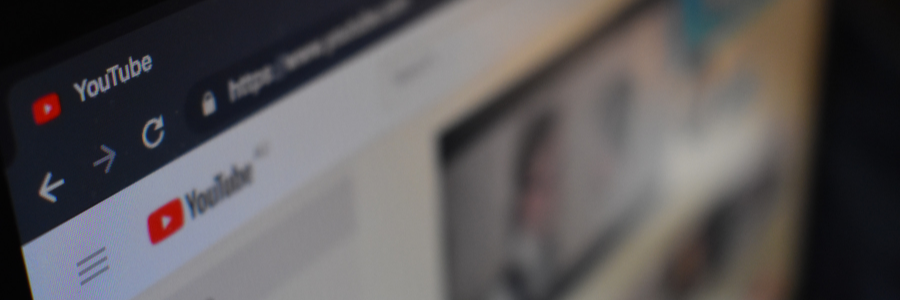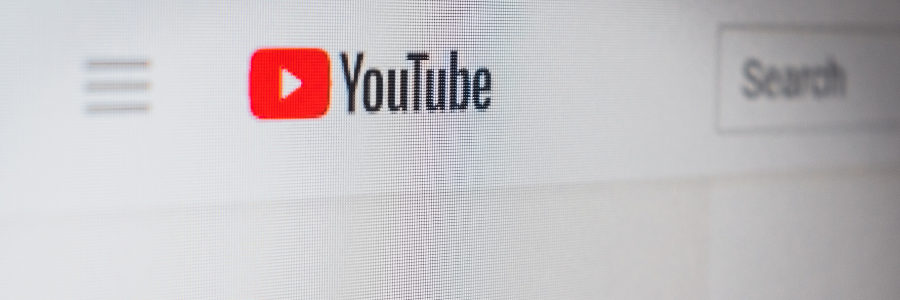In our previous blog, we explained the basics of influencer marketing. Now that you know what it is and why you should do it, let’s discuss the kinds of influencers available. We will mostly be referencing Instagram, as that is a very popular platform for influencer marketing.
One quick note before we dive in to this topic: these definitions are somewhat flexible. Some experts swear that macro-influencers and celebrity influencers are the same, while other experts roll their eyes and patiently explain that macro-influencers are internet celebrities and celebrity influencers are famous offline as well. Another marketer might try to persuade you to believe that macro and micro should be based on reach rather than reputation–which will probably be countered by a different marketing expert shouting that such a definition would mean Doug the Pug is more influential than Grumpy Cat. (If you want to watch marketers engage in heated debates about industry lingo, simply attend any marketing meet-up and loudly declare, “As far as online influence goes, Logan Paul is pretty much on the same level as Kylie Jenner.” We recommend that you view the ensuing chaos from a safe distance, however.)
The point we’re trying to make is this: definitions can fluctuate depending on who is defining the term. Our team goes by the following standards, but you might find slightly different iterations elsewhere.
Macro-influencers
Macro-influencers are social media influencers who have massive followings. Some marketing experts advise judging macro-influencers by different metrics for each social media platform. Influencers on Instagram could be considered macro if they have over 100,000 followers each. However, these same influencers would need at least 250,000 followers on Youtube to be considered macro-influencers because YouTube is more widely used than Instagram.
Additionally, sometimes macro-influencers are grouped together with celebrity influencers. In the above example, we mentioned Kylie Jenner and Logan Paul. The former is a model and member of a famous family, while the latter is a wildly popular vlogger. However, Kylie is famous outside of the internet (modeling, being related to the Kardashians/Jenners) while Logan is known almost exclusively for his online presence. We would classify Kylie (109 million followers on Instagram) as a celebrity influencer, and Logan (who has a not-unimpressive 16.3 million followers on Instagram) would be considered a macro-influencer.
The enormous reach of the macro-influencer also leads to drawbacks in using these influencers. The larger the audience, the higher the cost: macro-influencers are just more expensive than other options. On a related if counterintuitive note, as the influencer’s following grows, the followers tend to feel more distant. Studies have shown that followers engage less often with influencers who have large followings.
Micro-influencers
Micro-influencers are niche markets. A micro-influencer has an above-average following (generally anywhere between several thousand and a few hundred thousand followers), but appeals to a very specific market. For example, Instagram has several micro-influencers who focus on yoga. Summer Perez (@summerperez) is a yoga enthusiast and mom who encourages her 192,000 followers by posting polished pics of her own yoga poses–interspersed with candid shots of her adorable children. Carling Harps (@carlingnicole) is a yoga teacher with over 54,000 followers. In addition to yoga workouts and poses, she gives her followers glimpses of her life in Northern California (often featuring Yokai, her cute Italian greyhound).
Traditional social media networks are not micro-influencers only habitat, though. Bloggers can also be considered micro-influencers. Moms and dads who blog about the trials and triumphs of modern parenting are often sought out by marketers. These parents are not traditional social media influencers, but their impact cannot be denied.
Micro-influencers have two main benefits. First, followers in small audiences tend to engage much more often than followers in large audiences. Second, micro-influencers are cheaper than macro-influencers because of their limited audience. However, this means that you will get more engagement for less money!
Brand Ambassadors
Brand ambassadors are everyday people who enjoy a specific brand. These individuals do not necessarily need to have large followings, although their savvy use of social media dictates that they probably have a decent-sized audience. While some are given free products to review (especially true with beauty products), brand ambassadors might not be paid at all. Have you ever tagged a restaurant, store, or product in a post? Have you ever been so impressed by a product or service that you tweeted about it, tagging the company? You were acting as a sort of brand ambassador! Even brick-and-mortar brands can use brand ambassadors: for example, brands that encourage customers to take pictures of themselves wearing that brand’s merch or logos and post the pics to social media.
As we mentioned earlier, some experts have different criteria for each type of influencer. Our next blog will go over some basic dos and don’ts for influencer marketing.
Do you need help with your social media marketing strategy? We have you covered! Visit our website today for a free consultation!
Want an easy reference to help you remember the different types of influencers? We’ve got you covered! (Right click to save to your computer)

Read More















